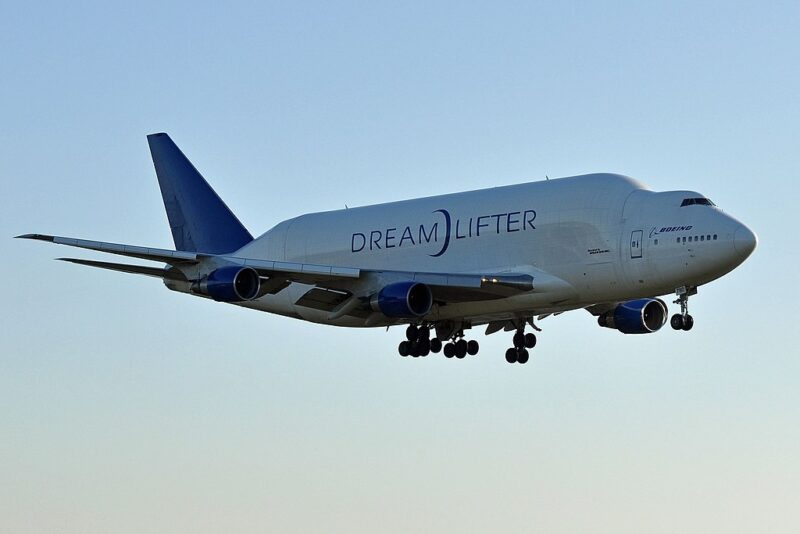Boeing’s Crucial Crossroads: Leadership Changes and the Urgent Need for Cultural Transformation

Boeing, the aerospace titan, has found itself in a tumultuous cycle of crises and leadership changes, casting a long shadow over its storied legacy. The tragic crashes of two 737 Max aircraft within five months and a series of subsequent safety issues have spotlighted deep-seated challenges within the company.
Despite efforts to enhance safety protocols and leadership reshuffles—including the establishment of a permanent safety committee and the replacement of key executives—the company continues to grapple with quality-control problems and public trust erosion.
The recent alarming incident involving an Alaska Airlines 737 Max, where a door panel detached mid-flight, underscores the persistent struggles Boeing faces in ensuring the safety and reliability of its aircraft. This incident, fortunately non-fatal, led to further leadership restructuring, with CEO David Calhoun announcing his upcoming departure and several immediate executive changes signaling yet another attempt at course correction.
However, the root issues seem to transcend individual leadership changes. Aviation safety expert Joe Jacobson attributes Boeing’s recurring troubles to a pervasive culture of taking shortcuts and inadequate attention to detail, criticisms echoed by findings from an FAA audit revealing numerous quality-control lapses.
Boeing stands at a critical juncture, necessitating not just operational and leadership adjustments but a profound cultural shift. The aviation giant’s future hinges on its ability to fundamentally reform its approach to aircraft design, manufacturing, and safety—a monumental task that requires unwavering commitment and visionary leadership.
Amidst these challenges, Boeing’s customers are increasingly contemplating alternatives, with United Airlines exploring purchases from Airbus, a move that could presage a broader exodus if Boeing fails to restore confidence in its aircraft and corporate ethos.
As Boeing endeavors to navigate this crisis, the path forward demands more than just tactical changes; it calls for a reimagining of its corporate culture and values. The journey ahead is daunting, but essential for Boeing to reclaim its position as a paragon of aerospace excellence and innovation. The industry and its stakeholders are watching closely, hopeful for a resurgence of the once-dominant player.
The lesson is clear: in an era where safety and reliability are paramount, the old ways of doing business will no longer suffice. Boeing’s trajectory from here will not only define its legacy but also shape the future of aviation safety and competitiveness.
